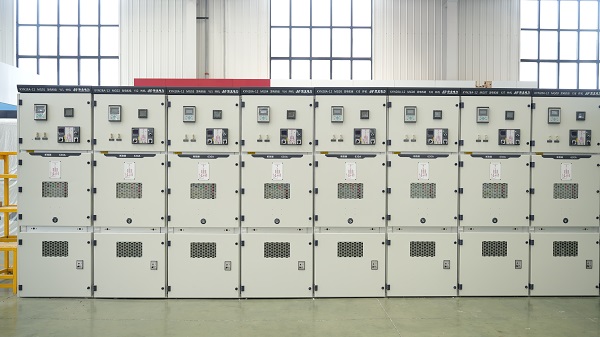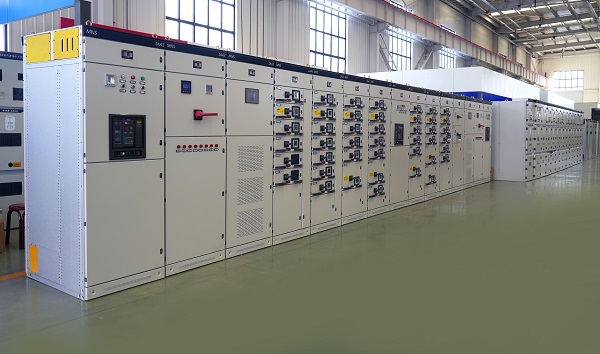1. Routine Visual InspectionsRegular visual checks of the power distribution cabinet are fundamental. Technicians should examine for:
Signs of corrosion or rust
Loose connections or terminals
Physical damage to the enclosure
Proper labeling of all components
2. Cleaning and Dust RemovalThe power distribution cabinet accumulates dust and debris that can affect performance. Maintenance includes:
Using compressed air to clean internal components
Wiping down surfaces with appropriate cleaners
Ensuring ventilation openings remain unobstructed
3. Electrical Component TestingCritical electrical elements in the power distribution cabinet require periodic verification:
Testing circuit breakers and fuses
Checking voltage levels
Verifying proper grounding
Inspecting insulation resistance
4. Thermal MonitoringInfrared scans help detect abnormal heat patterns in the power distribution cabinet, identifying potential issues before failure occurs.
5. Connection TighteningVibration and thermal cycling can loosen connections. Scheduled tightening of:
Busbar connections
Cable terminals
Grounding points
6. Documentation and Record KeepingMaintaining detailed logs for each power distribution cabinet helps track:
Maintenance history
Repair records
Component replacement dates
Regular maintenance of the power distribution cabinet significantly reduces downtime risks while ensuring operational safety and efficiency.
Huaquan official website:https://sinogens.com/








